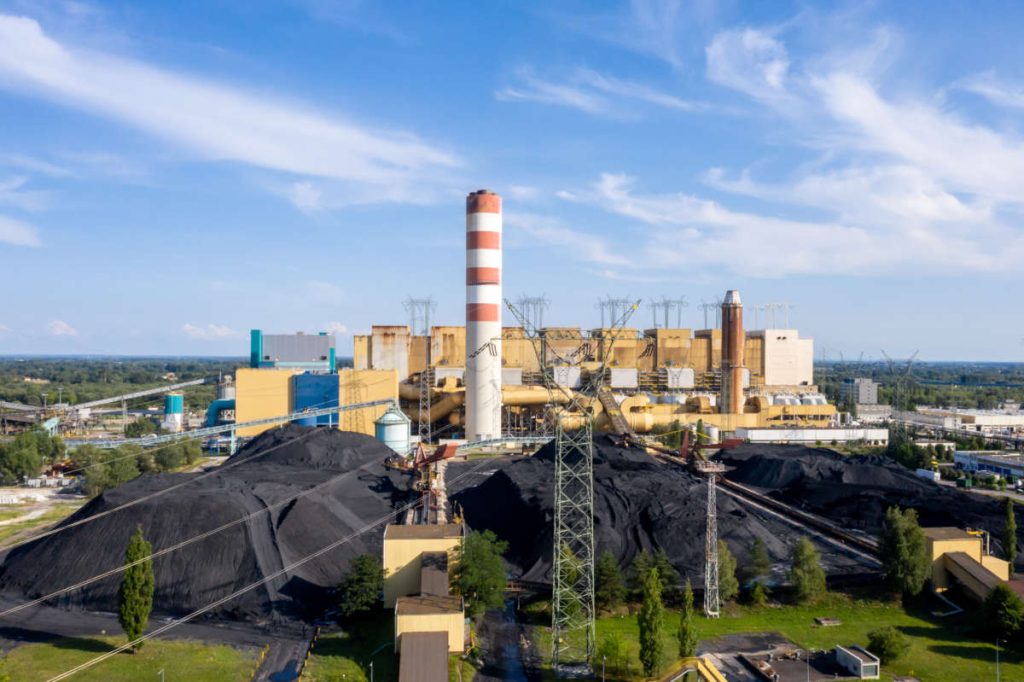Carbon capture technology is a process that captures carbon dioxide (CO2) emissions from industrial processes, such as power generation, before they are released into the atmosphere. The captured CO2 is then stored for later use or disposal, reducing the amount of CO2 emissions that contribute to climate change. The viability of carbon capture technology as a solution to climate change has been the subject of much debate in recent years, with experts offering both optimistic and pessimistic views on its potential.
On one hand, carbon capture technology has the potential to be a significant tool in mitigating the effects of climate change. By capturing CO2 emissions before they are released into the atmosphere, carbon capture technology can help to reduce the amount of CO2 emissions produced by industry and other sources, which is a crucial step in mitigating the impacts of climate change. Additionally, carbon capture technology can be integrated with other technologies, such as carbon storage and utilization, to create a complete carbon management system, further reducing the amount of CO2 emissions released into the atmosphere.
On the other hand, there are several challenges that must be addressed before carbon capture technology can be considered a viable solution to climate change. One of the major challenges is the cost of carbon capture technology, which is currently considered to be relatively expensive compared to other methods of reducing CO2 emissions, such as energy efficiency or the development of renewable energy sources. Additionally, carbon capture technology requires a significant amount of energy to operate, which raises concerns about its sustainability and the potential for it to contribute to climate change.
Another challenge facing carbon capture technology is the issue of carbon storage. While carbon capture technology can reduce the amount of CO2 emissions released into the atmosphere, it does not solve the problem of what to do with the captured CO2. Currently, the most common method of carbon storage is underground storage in depleted oil and gas reservoirs, deep saline aquifers, or unmineable coal seams, but there are concerns about the long-term stability and security of these storage methods.
In conclusion, the viability of carbon capture technology as a solution to climate change is a complex issue that depends on a number of factors, including the cost and efficiency of the technology, the availability of resources and infrastructure, and the challenges of carbon storage. While carbon capture technology has the potential to be a significant tool in mitigating the effects of climate change, it is not a silver bullet solution, and it must be combined with other measures, such as energy efficiency and the development of renewable energy sources, to achieve significant reductions in CO2 emissions and mitigate the impacts of climate change. Ultimately, the viability of carbon capture technology will depend on ongoing research and development, and it is likely that new and improved technologies will emerge in the coming years.







